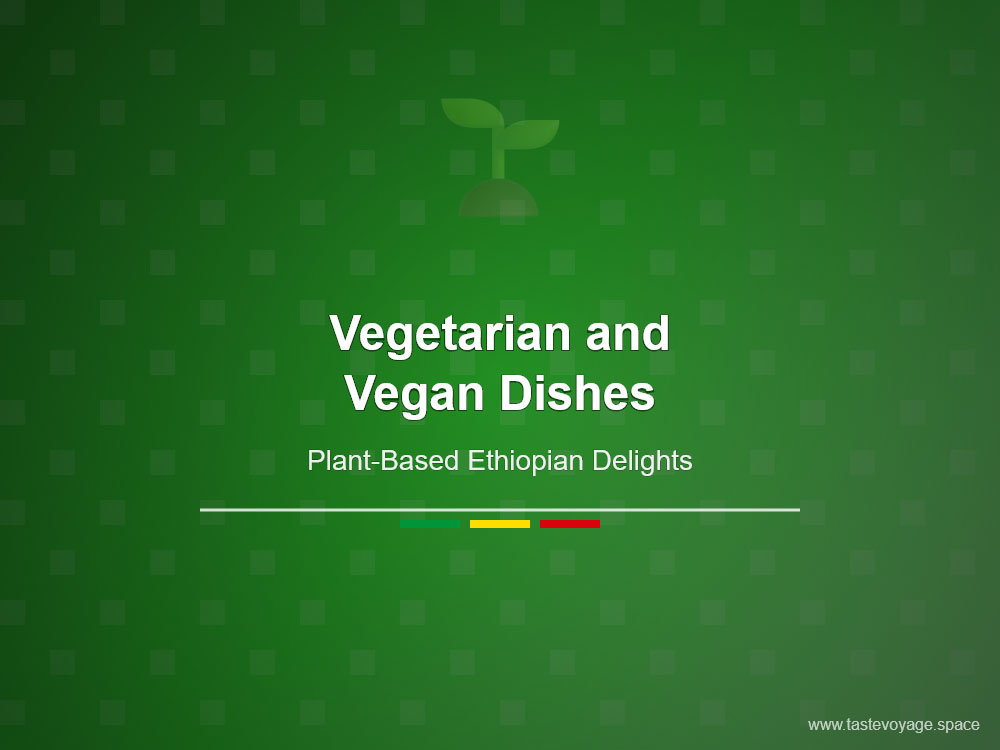Delicious Ethiopian Split Pea & Ginger Recipe You Must Try
Travel the World Through Food >> Ethiopian Cuisine>>Vegetarian and Vegan Dishes>> Delicious Ethiopian Split Pea & Ginger Recipe You Must Try
Delicious Ethiopian Split Pea & Ginger Recipe You Must Try
Discover the Rich Cultural Heritage of Ethiopian Split Pea with Ginger
Ethiopian cuisine is celebrated worldwide for its vibrant flavors and unique culinary techniques. Among its many treasured dishes, the Ethiopian Split Pea Recipe with Ginger stands out as a comforting and flavorful staple that beautifully reflects Ethiopia’s rich culinary traditions. This dish combines the wholesome goodness of split peas with the warm spice of ginger, creating a harmony of flavors that resonates deeply within Ethiopian food culture.
A Reflection of Ethiopia’s Culinary Heritage
Ethiopian cuisine is known for its hearty, plant-based dishes that emphasize the use of locally available ingredients. The Split Pea with Ginger embodies this tradition, showcasing the nation’s reliance on legumes and aromatic spices to create nourishing meals. The dish is often enjoyed as part of a larger Ethiopian meal, served alongside injera— a sourdough flatbread that forms the cornerstone of communal dining in Ethiopia. The pairing of flavors emphasizes Ethiopia’s appreciation for bold, yet balanced tastes.
The Significance of Split Peas in Ethiopian Cooking
Split peas are a staple ingredient in Ethiopian kitchens, valued for their affordability, versatility, and nutritional benefits. They are commonly used in various regional dishes, each with its own unique preparation style. The Ethiopian Split Pea with Ginger highlights how simple ingredients can be transformed into a flavorful, comforting dish through thoughtful seasoning and preparation. Its smooth, hearty texture makes it a popular choice for both everyday meals and special gatherings.
The Role of Ginger in Ethiopian Cuisine
Ginger holds a special place in Ethiopian cooking, revered for its warming properties and aromatic qualities. It is frequently used to add depth and zest to dishes, balancing richness with a touch of spice. In this recipe, ginger infuses the split peas with a fragrant, invigorating aroma that awakens the senses. This ingredient reflects Ethiopia’s long-standing appreciation for fresh, flavorful herbs and spices that elevate simple ingredients into culinary artistry.
A Cultural Practice of Shared Dining
In Ethiopian culture, food is more than sustenance—it’s a means of bringing people together. Dishes like the Split Pea with Ginger are often served communally, encouraging sharing and conversation. This practice fosters a sense of community and highlights the importance of hospitality. The dish’s warm, inviting flavors make it perfect for family gatherings and celebrations, reinforcing the cultural value of togetherness around the dining table.
Culinary Significance and Global Appreciation
While rooted in traditional Ethiopian foodways, the Split Pea with Ginger has gained recognition beyond Ethiopia’s borders. Its wholesome ingredients and comforting flavor profile appeal to a global audience seeking nutritious, plant-based options. Food enthusiasts appreciate its simplicity and depth of flavor, making it a favored dish in vegetarian and health-conscious circles worldwide.
Celebrating Ethiopian Culinary Diversity
The Ethiopian Split Pea Recipe with Ginger exemplifies the richness and diversity of Ethiopian cuisine. It showcases how humble ingredients, when prepared with care and cultural insight, can create dishes that are both nourishing and culturally meaningful. This dish invites you to explore Ethiopia’s culinary landscape and experience the warmth and richness that define its food traditions.
Final Thoughts
The Ethiopian Split Pea with Ginger is more than just a dish; it is a testament to Ethiopia’s culinary ingenuity and cultural spirit. Its combination of simple ingredients, vibrant spices, and deep-rooted traditions offers A Delicious window into Ethiopia’s rich food heritage. Whether enjoyed as part of a festive meal or a comforting everyday dish, it continues to nourish body and soul, celebrating the timeless beauty of Ethiopian cuisine.
